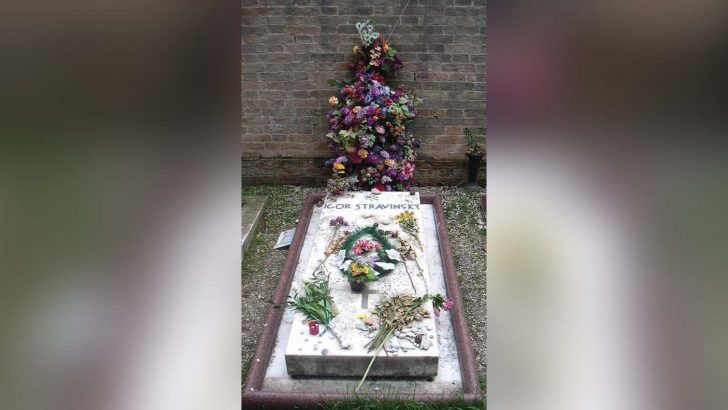Remembering this year is the fiftieth anniversary of Stravinsky’s death, I wrote about him in this column of September 2 reaching his Symphony in C of 1940 when he had settled in America.
This followed the death of his first wife Katya and marriage in March 1940 to extrovert artist and divorcee Vera Sudeykina. They met in 1921 and engaged in a lengthy extra-marital liaison.
After their wedding in Bedford, Massachusetts they resided in Hollywood for over 30 years but travelled extensively as the composer fulfilled worldwide conducting engagements and attended performances of his music. Visiting Dublin in June 1963, he directed his Symphony of Psalms with the RÉSO, Singers and Choral Society at the Adelphi Cinema in Abbey Street as part of a Radio Éireann festival of music.
Stravinsky’s next major work, after his Symphony in C, was his Symphony in Three Movements written for the New York Philharmonic. Completed in 1946, its extensive piano part successfully merges the essential features of concerto and symphony together. The piece also uses music from his abandoned film scores including The Song of Bernadette of 1943.
Opera
The last of Stravinsky’s neo-classical oeuvres came with his only full-length opera, The Rake’s Progress. Premièred in Venice in September 1951, its inspiration came from a Chicago exhibition of engravings by English artist William Hogarth (1697-1764). Conducted by the composer, the cast included tenor Robert Rounseville, soprano Elisabeth Schwartzkopf and baritone Otakar Kraus in the principal roles.
Described as a “mock-serious pastiche of 18th Century grand opera” with its libretto by W.H. Auden and Chester Kallman, the score is a fusion of brilliance, wit and refinement that could only have come from Stravinsky’s pen.
The opera’s story deals with the decline and fall of one Tom Rakewell who deserts his fiancée Anne Trulove for the delights of London in the company of Nick Shadow – Satan in disguise. The moral of the tale is, “the devil finds work for idle hands, hearts and minds”.
Indulging
Stravinsky’s final series of compositions found him indulging serial technique but mainly adapting it to suit his own purposes. None of these late works enjoy the popularity of many of his earlier pieces, although several are much admired not least the ballet Agon (1957); the choral Threni: id est Lamentationes Jeremiae Prophetae (1958) and Requiem Canticles (1966), which was sung at his funeral.
Whatever about its austerity, Threni has been described as “the most ambitious and structurally the most complex of Stravinsky’s religious compositions and among his greatest works”. Close listening may well discover hints of the much earlier Renard and Les Noces making one realise the Russian-ness of Stravinsky’s music had returned to take its final curtain.
As Stravinsky, who died in Manhattan, had expressed a wish to be buried on the island of San Michele in Venice, his funeral rites took place in the Church of Santi Giovanni e Paulo there on April 15, 1971. Following her death on September 17, 1982, Vera Stravinsky was laid to rest beside her husband. I visited their graves when last in Venice in 2010.


 Igor Stravinsky’s grave
in Venice.
Igor Stravinsky’s grave
in Venice. 